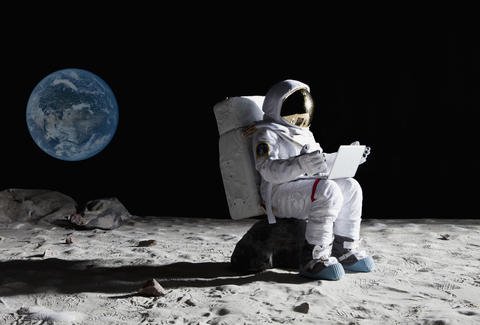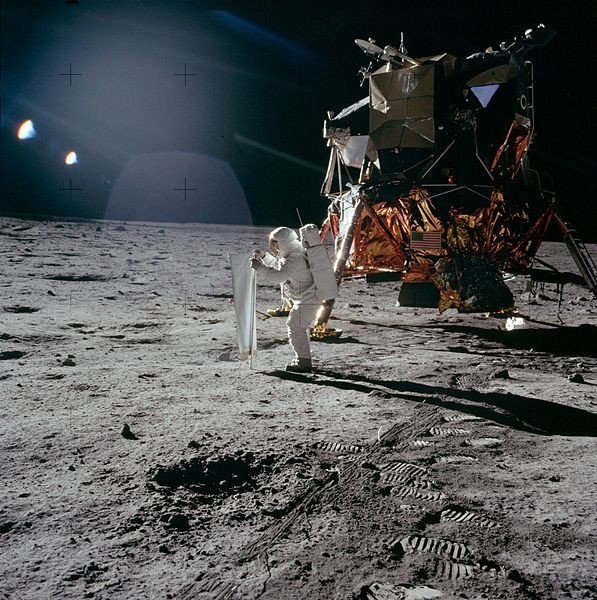When the first humans landed on the moon on 20 July 1969, they felt victorious, joyful, and relieved – not just for the obvious reasons, but also because they could finally rid their craft of all the bags of human waste that had accumulated over the journey.
Now, scientists want to return to the grey rock and retrieve around 96 bags of urine, faeces, vomit and other waste to study it for signs of life.

NASA has sent 6 Apollo missions to 6 different locations on the moon, and a total of 12 astronauts have landed on the surface of the moon.
According to the Times of India, studying this 50-year-old waste could provide vital information about life in space as well as help us prepare for long-term lunar missions and a future manned mission to Mars.
For microbes to still be alive or revivable, they’d need moisture and stable temperatures. If the waste bags are tightly packed and still intact, there are chances of survival. The bags are exposed to cosmic rays and solar energy particles, so scientists want to know if life can endure those extreme conditions.

Even if the microbes are dead, scientists could still investigate how long they survived or if they adapted. Analysing the waste could also help us understand the origin of life on Earth and whether it’s possible to bring life a dead planet.
Astronauts had to leave their waste on the lunar surface so as to reduce the weight on the spacecraft. This way they could bring back as many samples of lunar rocks and soil as possible.
Top picks for you

















